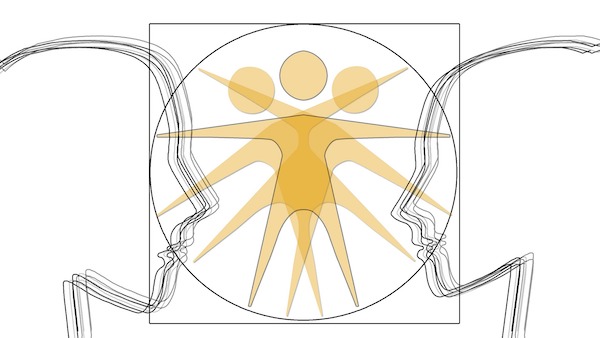Integrated Screening in Learning and Health

Two years ago Futures Research helped a large regional health network envision how it could survive and thrive in the coming era of value-based payment models. The volume-based model of reimbursement for service is being phased out. Because everything is based on funding models, achieving the goals of whole-person care requires systemic change, and this health care network wanted to get ahead of the anticipated change.
This project explored a complete redesign of the patient's primary care experience. A key concept to this new future is embedding needs assessment (i.e., screening) into all possible points of patient interaction. The idea is that all clinic staff (medical, clerical, and administrative) will be trained and empowered (within their scope of care) to engage patients in ways that detect and address patient needs, whether it be physical, mental, behavioral or social.
This new care paradigm requires new organizational competencies including strong awareness and empathy among staff, integrated case management capabilities, and systems that support personalized referrals and reliable follow-ups. As the providers and clinic leaders described these envisioned changes I got goosebumps. They described an intentional system designed to promote individual and community health. In the future this network of clinics will proactively focus on meeting as many of the needs for each patient as possible.
Two years later, these same concepts are gaining traction in higher education. For years there has been talk, but now we see action for whole-student engagement. Colleges and universities are making personnel and technology investments that position student resources on the frontline of education: where students interact with staff and faculty. Just like the health care network, colleges that seek to serve the "whole student" are integrating screening competencies in key activity clusters such as recruitment, registration, advising, counseling, instruction, and assessment. The concept is similar to whole-person care: increase awareness and access to all information and resources that screen for and resolve student needs with the goal being an increase in student learning success.
Colleges and universities pursuing whole-student engagement are building their organizational competencies to detect and address student needs, document and track assistance and impact, and follow-through with referrals to ensure resolvable barriers are indeed resolved.
These two examples of important human support systems making efforts to be more supportive is wonderful. While all this good news may still be out in future, I am encouraged to think it's coming.